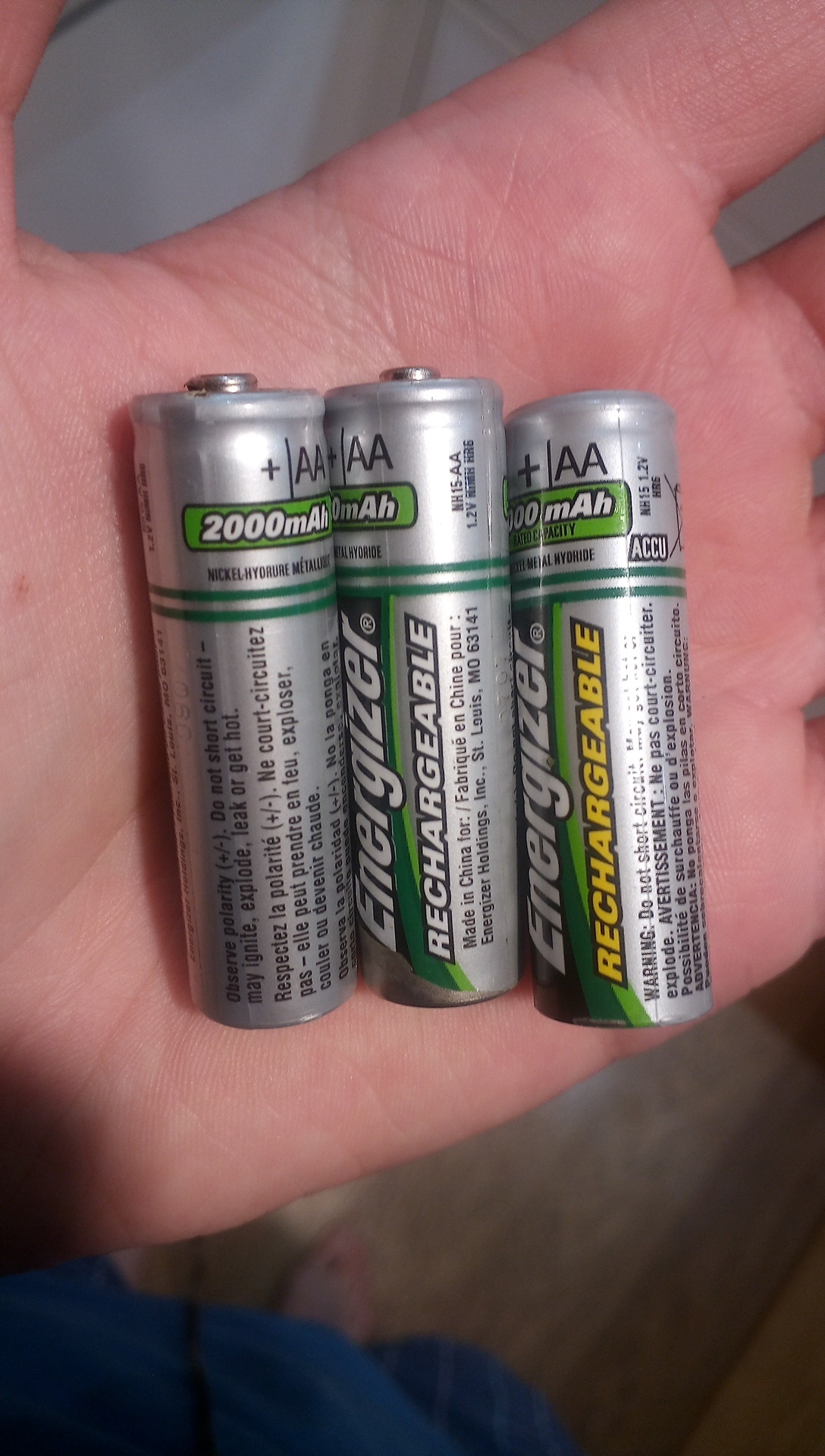this post was submitted on 07 Aug 2023
494 points (100.0% liked)
Technology
40544 readers
249 users here now
A nice place to discuss rumors, happenings, innovations, and challenges in the technology sphere. We also welcome discussions on the intersections of technology and society. If it’s technological news or discussion of technology, it probably belongs here.
Remember the overriding ethos on Beehaw: Be(e) Nice. Each user you encounter here is a person, and should be treated with kindness (even if they’re wrong, or use a Linux distro you don’t like). Personal attacks will not be tolerated.
Subcommunities on Beehaw:
This community's icon was made by Aaron Schneider, under the CC-BY-NC-SA 4.0 license.
founded 3 years ago
MODERATORS
you are viewing a single comment's thread
view the rest of the comments
view the rest of the comments

The charger for the tool batteries has to have circuits to get all individual cells to the same voltage. They are not simply charging them all at once in series. More complex than that, but there is a second circuit for an alternate config that the charger can make use of to charge.
If one cell is dying/dead, it stops the whole battery from working. Replacing that individual cell would allow the others that are still performing nominally to continue to do so. If it were practical to change one cell. Which it really isn't. But old tool batteries can be a good place to cannibalize 18650s from if you need them for other uses because a "dead" battery likely still has at least some OK 18650s in it.
The 56-60V tools just has triples of all the batteries with an additional circuit path to let them either function in the 18V 5s or 56v 15s configuration, depending on what it is plugged into. Similar story with the brands advertising 40V tools. There's a reason they're all staying on multiples of the 18-20V base.
I literally said there can be more 18650s for each series cell. The "not your experience" you referenced is... exactly the same thing I said. Though it is actually 5 18650s for a base battery, not 6, I misremembered that. 3.7V x 5 cells = 18.5V (which some brands advertise as a max 20V to make the number bigger while others just call it 18V). Each cell is 2.4 Ah, which gets you the base battery capacity. The even-smaller cells are either using pouch batteries or something else that isn't an 18650.